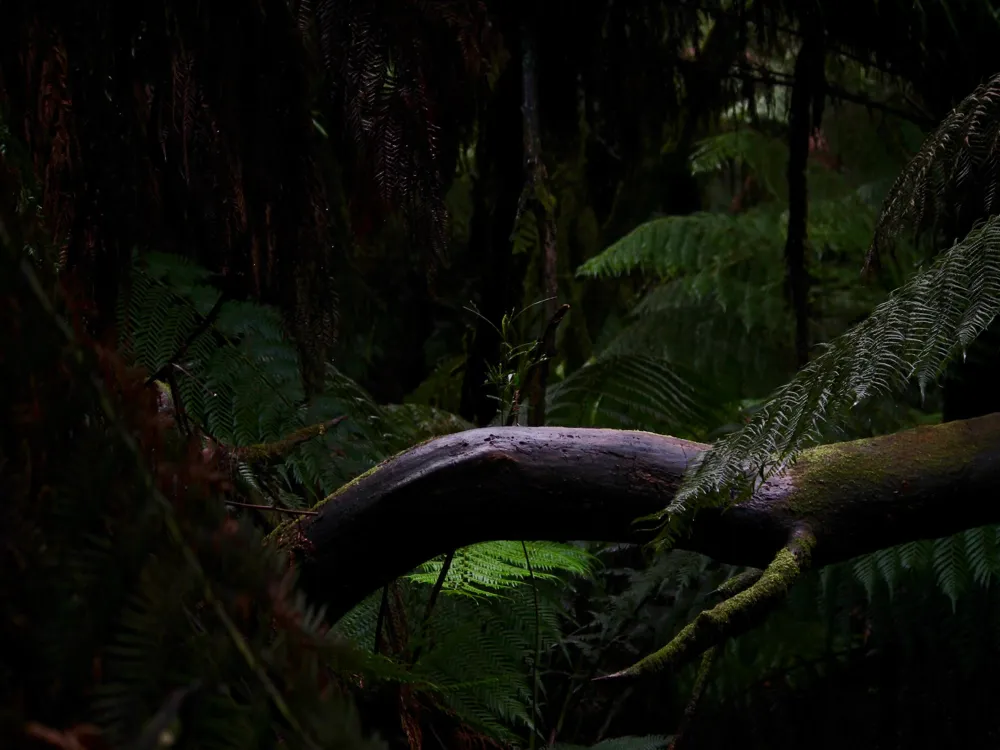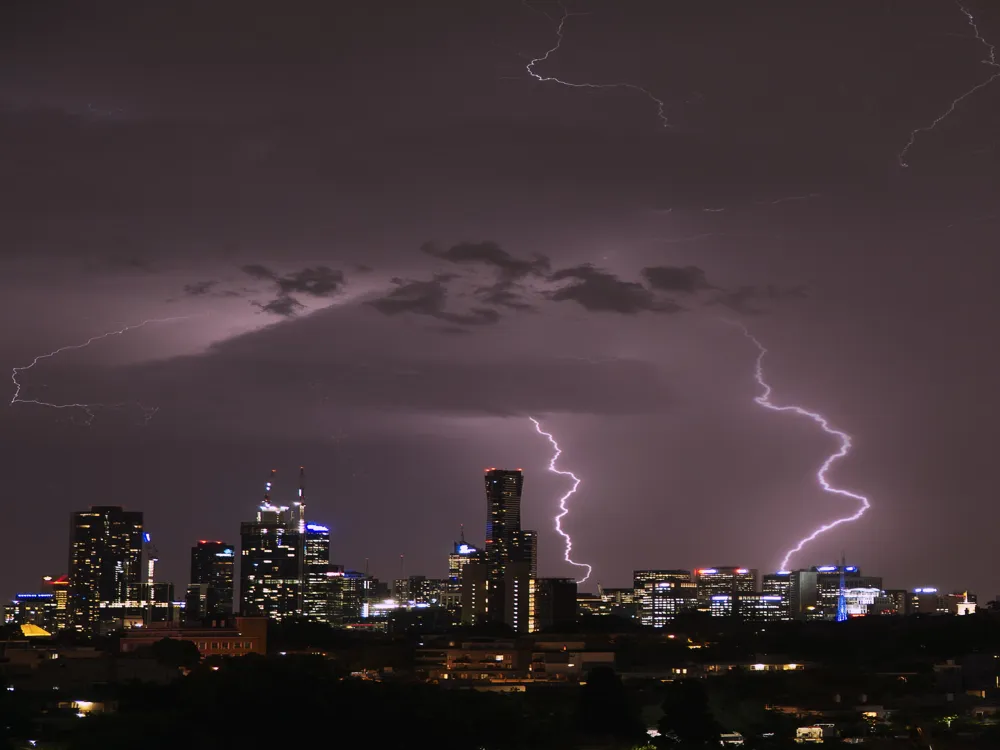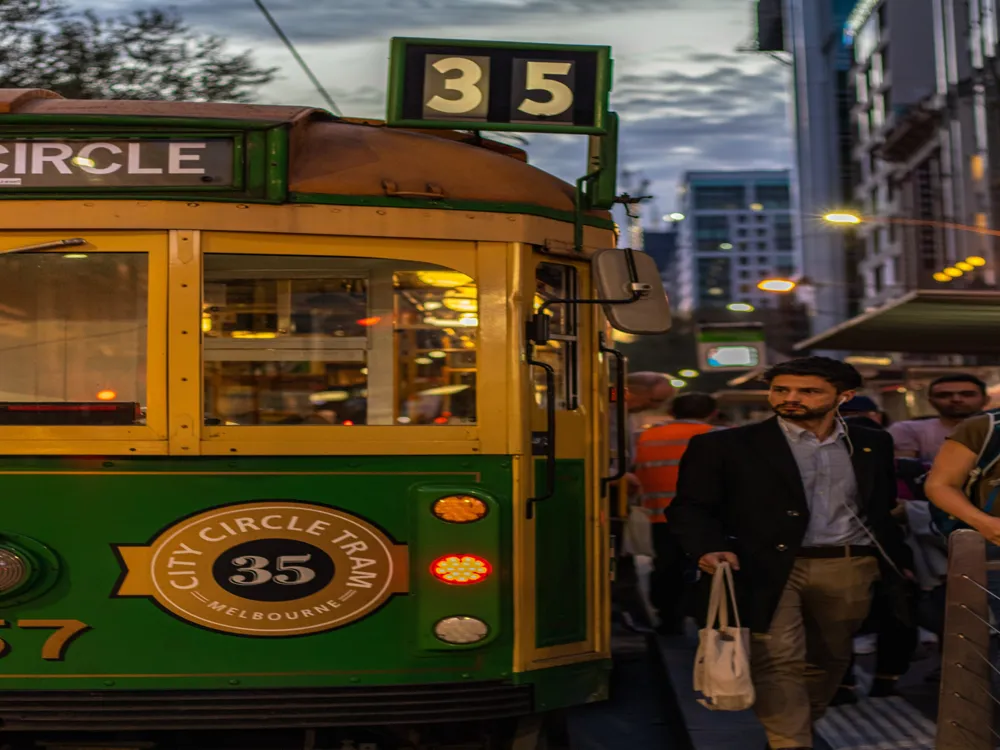Queen Victoria Market, affectionately known as 'Vic Market' or 'Queen Vic', stands as a historic landmark in the heart of Melbourne, Australia. Spanning over two city blocks, this vibrant and bustling marketplace has been the soul of Melbourne since its establishment in 1878. With its rich history and evolution, it represents more than just a shopping destination; it's a living testament to Melbourne's culture, heritage, and community spirit.
The market's atmosphere is electric and inviting, with a mix of old-world charm and modern vibrancy. It's a place where the sounds of haggling, the aroma of fresh produce, and the sight of a diverse array of products create a sensory mosaic. From fresh fruits and vegetables to gourmet foods, clothing, souvenirs, and more, the Queen Victoria Market offers an abundance of goods to explore.
Beyond shopping, the market is a focal point for events, tours, and educational experiences, reflecting Melbourne's multifaceted personality. It's a place where history, commerce, culture, and community converge, offering a unique experience to locals and tourists alike. The market’s significance extends beyond its commercial activities; it's a symbol of Melbourne's identity and a cherished part of the city's heritage.
As one of the largest open-air markets in the Southern Hemisphere, Queen Victoria Market has a special place in the hearts of Melburnians. It's not just a marketplace but a living museum, a bustling eating spot, and a vibrant social hub, all rolled into one. Whether it's to shop for fresh produce, explore specialty shops, or simply soak in the atmosphere, a visit to the Queen Victoria Market is an experience that encapsulates the essence of Melbourne.
The architecture of Queen Victoria Market is a captivating blend of historical and functional design, reflecting the market's evolution over more than a century. The market's buildings and structures, some of which are heritage-listed, showcase a variety of architectural styles, from Victorian to Art Deco, mirroring the city's growth and changes through the ages.
The market's most iconic structure is the grand Elizabeth Street entrance, featuring the striking red brick façade and heritage-listed façade. This entrance sets the tone for the architectural journey that awaits visitors. Inside, the market is a labyrinth of open-air sheds and closed halls, each with its unique character and style. The Meat Hall, for instance, is a notable example of 19th-century market architecture, with its expansive, skylight-roofed space and rows of butchers’ stalls.
The Dairy Produce Hall, another key feature of the market, exhibits a blend of functional design and ornamental details. Its arched windows and detailed brickwork are characteristic of the era, while providing a spacious and well-lit environment for vendors. Across the market, the open-air sheds, with their simple yet robust metal frameworks, are a testament to the utilitarian aspects of market architecture, designed to accommodate the bustling trade and the diverse range of goods.
The Queen Victoria Market's architecture is not just about the buildings; it's about the space as a whole. The wide aisles, the arrangement of stalls, and the open spaces contribute to the market's functionality and ambiance. The mix of old and new elements across the market, from cobblestone paths to modern amenities, showcases a thoughtful balance between preserving heritage and accommodating contemporary needs.
The market's architectural journey is a reflection of Melbourne's own growth and changes. It's a space where history is preserved in bricks and mortar, and where each corner tells a story. The Queen Victoria Market's architecture is more than just a backdrop for commerce; it's an integral part of the market's charm and appeal, inviting visitors to explore and experience a piece of Melbourne's history.
Before heading to the market, it's wise to plan your visit. Check the market’s opening hours as they vary between days and sections. Consider visiting early in the morning to avoid the crowds and to get the freshest produce. Also, keep an eye out for special events or tours that might be happening during your visit.
Queen Victoria Market is easily accessible by public transport, including trams, buses, and trains. If you’re driving, be aware of the limited parking spaces. The market provides parking facilities, but they can fill up quickly, especially on weekends. Consider using nearby public parking spaces or explore other transport options.
Bring reusable bags for your purchases as the market is a plastic bag-free zone. Cash is king at many stalls, although some vendors accept cards. Don’t hesitate to ask for a sample or to haggle, especially later in the day when vendors are more likely to reduce prices to clear their stock.
The market is a food lover’s paradise. Make sure to explore the Deli Hall for a variety of gourmet foods, cheeses, and deli items. There are also numerous food stalls and cafes where you can grab a quick bite. Stay hydrated, especially during summer, and consider bringing a water bottle as there are refill stations around the market.
While exploring, remember that Queen Victoria Market is a heritage site. Treat the place with respect, don’t litter, and be considerate of the market's structures and facilities. Your mindful behavior helps in preserving this historic landmark for future generations.
Queen Victoria Market is located on the corner of Elizabeth and Victoria Streets in Melbourne, making it highly accessible by various modes of transport. For those using public transport, numerous tram lines run close to the market, including the free City Circle tram. Train stations, such as Melbourne Central and Flagstaff, are within walking distance. Buses also have routes that stop near the market.
If driving, the market has its own parking lot, though spaces can be limited during peak times. Nearby street parking and public car parks are additional options. For cyclists, bike lanes leading to the market are plentiful, and bike parking is available. For international or interstate visitors, the market is a short taxi or shuttle ride from Melbourne's main airport, offering convenience and ease of access.
Overview of Queen Victoria Market of Melbourne
Architecture of Queen Victoria Market
Tips When Visiting Queen Victoria Market
Plan Your Visit
Transportation and Parking
Shopping Tips
Food and Beverages
Respect the Market's Heritage
How To Reach Queen Victoria Market
Queen Victoria Market
Melbourne
₹ 42,000 onwards
View melbourne Packages
Weather :
Tags : Shopping Market
Timings : Tuesday, Thursday: 6:00 AM - 2:00 PM,
Friday: 6:00 AM - 5:00 PM,
Saturday: 6:00 AM - 3:00 PM,
Sunday: 9:00 AM - 4:00 PM
Time Required : 3 - 4 hours
Entry Fee : No Entry Fee
Planning a Trip? Ask Your Question
Melbourne Travel Packages
View All Packages For Melbourne
Top Hotel Collections for Melbourne

Private Pool

Luxury Hotels

5-Star Hotels

Pet Friendly
Top Hotels Near Melbourne
Other Top Ranking Places In Melbourne
View All Places To Visit In melbourne
View melbourne Packages
Weather :
Tags : Shopping Market
Timings : Tuesday, Thursday: 6:00 AM - 2:00 PM,
Friday: 6:00 AM - 5:00 PM,
Saturday: 6:00 AM - 3:00 PM,
Sunday: 9:00 AM - 4:00 PM
Time Required : 3 - 4 hours
Entry Fee : No Entry Fee
Planning a Trip? Ask Your Question
Melbourne Travel Packages
View All Packages For Melbourne
Top Hotel Collections for Melbourne

Private Pool

Luxury Hotels

5-Star Hotels

Pet Friendly






















